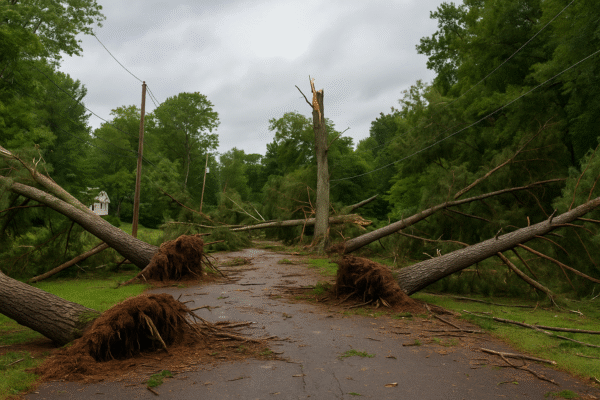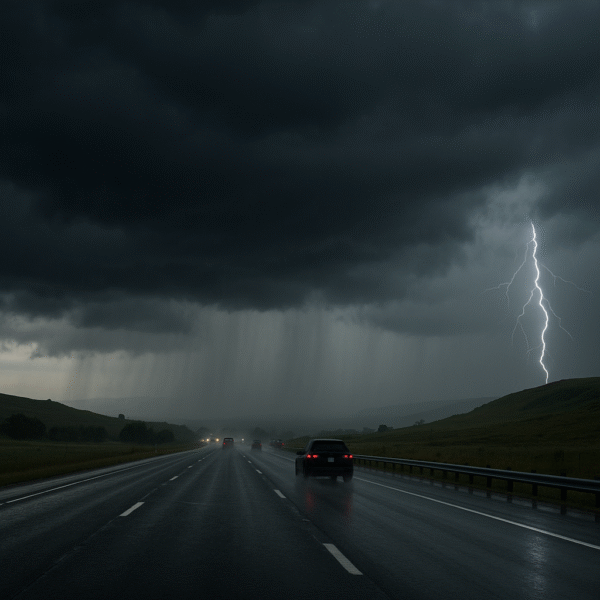Switzerland’s once‑towering glaciers—symbols of Alpine majesty and time’s icy memory—are shrinking rapidly, inviting both awe and alarm. Recent studies show these white giants are losing volume at alarming rates. Since 2000, Swiss glaciers have lost nearly 40% of their volume, with the years 2022 and 2023 alone accounting for an additional 10% decline, marking one of the fastest melt events on record. In context, this retreat is reshaping landscapes once celebrated for their immovable beauty, making now the critical moment to plan a visit—before it’s too late.
The Rhône Glacier offers a striking case of this disappearance. Since 1850, it has lost an estimated 60% of its volume, and between 2023 and 2024 it lost 2.5%—a rate exceeding the past decade’s average. Meanwhile, the Great Aletsch Glacier, the largest in the Alps, has receded significantly—shrinking over 3.2 km since 1870 and thinning by more than 300 m in places. Without action, projections suggest only one-tenth of its 2018 ice mass may remain by 2100.
This dramatic retreat has inspired what’s known as “last‑chance tourism”, where travelers rush to see endangered natural wonders before they disappear—glaciers included. Visiting these fading landscapes can be deeply moving and educational, offering tangible insight into the realities of climate change. As glaciologist Matthias Huss puts it, glaciers are the “ambassadors of climate change,” their melting a powerful visual wake‑up call.
But this form of tourism raises a dilemma: while such visits foster awareness, they also add to the problem, especially through carbon emissions from air travel and tourism infrastructure. Huss emphasizes that while walking or skiing on glaciers doesn’t harm them directly, the CO₂ emissions from travel significantly accelerate their decline.
Yet, tourism can also fuel climate awareness. Many travelers return home determined to lobby for sustainable policies, support environmental NGOs, and adopt greener habits. These encounters with vanishing ice often ignite a desire to protect what remains.
The global community is taking note. The United Nations has designated 2025 as the International Year of Glaciers’ Preservation, a global initiative to elevate awareness of glacier decline and spur collaborative climate action. This initiative, led by UNESCO and the WMO, includes launching World Day for Glaciers on March 21, promoting research, improving cryosphere data, and encouraging policy change. In Dushanbe (Tajikistan), the 2025 International Conference on Glaciers’ Preservation produced the Dushanbe Glacier Declaration, calling for global glacier inventories, climate resilience strategies, and increased climate finance.
For travelers, this moment offers both urgency and opportunity. Switzerland still hosts over 1,400 glaciers, many of which are accessible to visitors. Iconic destinations like the Jungfrau-Aletsch region—a UNESCO World Heritage site—deliver breathtaking sights and sobering context. At the Moosfluh vantage point, soaring above 2,300 m, visitors can see the glacial landscape with a visible ‘bathtub ring’ marking previous ice levels—revealing just how much has already vanished.
To visit responsibly, travelers can opt for sustainable transportation—like trains instead of planes—and support eco‑friendly accommodations. Many Swiss destinations now promote low‑carbon itineraries, guiding visitors toward climate‑friendly experiences. These choices reduce environmental impact while helping preserve delicate alpine ecosystems.
Moreover, the urgency of glacier preservation extends beyond tourism. Climate change isn’t only shrinking glaciers—it’s also destabilizing mountain terrain. Events like the recent glacier collapse near Blatten, which devastated the village and underscored the growing risks of warming permafrost and glacial collapse, are stark reminders of this reality.
Ultimately, glacier tourism today is more than sightseeing—it’s bearing witness to environmental transformation. It places you amid a vanishing world, where what you see may not be there tomorrow. While the question is complex, responsible and informed travel can raise awareness and support climate action—an experience and impact worth the journey.
Final Thoughts
Now is a crucial window to experience Switzerland’s glaciers before they vanish. If you’re drawn to their awe-inspiring beauty, act now—but travel with climate in mind. Choose low-carbon options, learn about glacier science, and become part of a movement that values understanding and preservation. The glaciers are melting—but with conscious tourism, your visit can be part of the solution.
For more travel news like this, keep reading Global Travel Wire

















